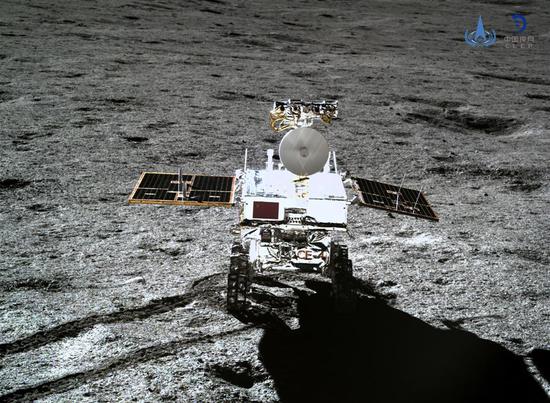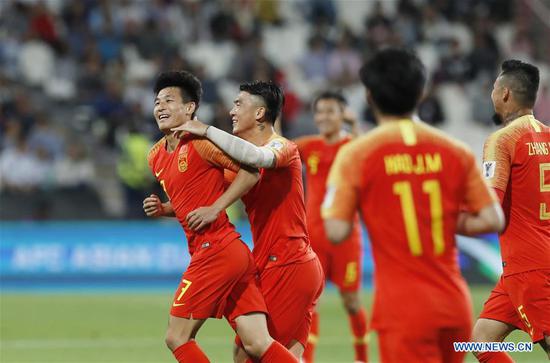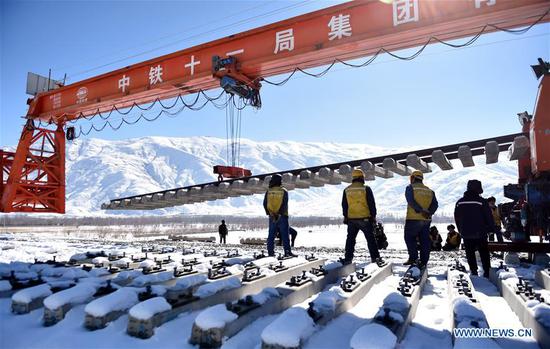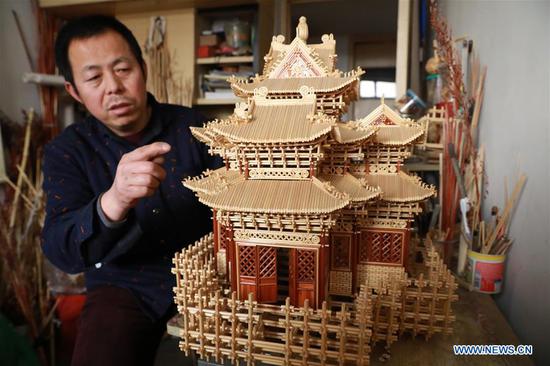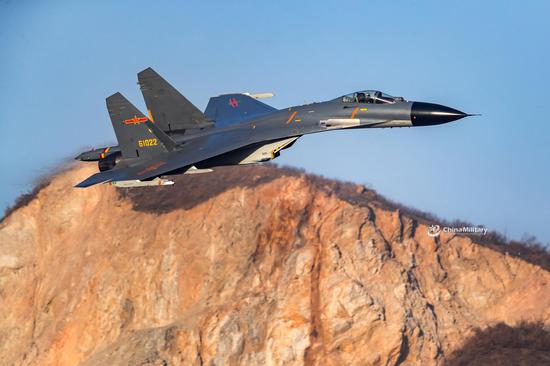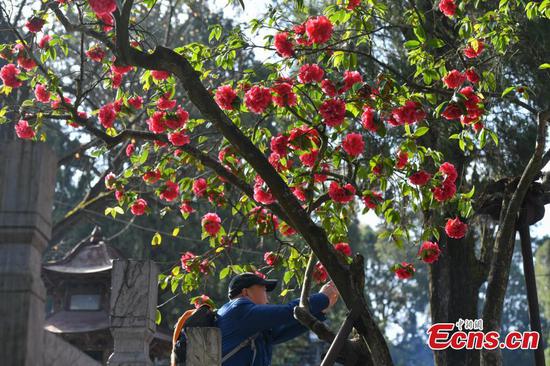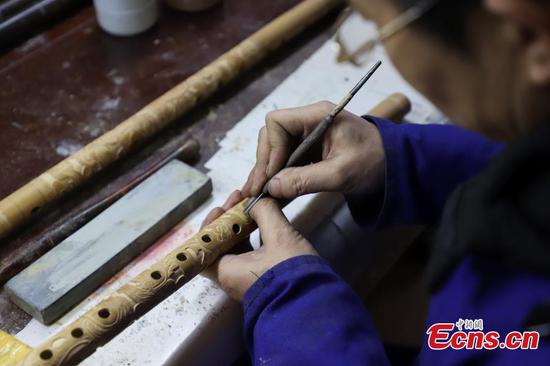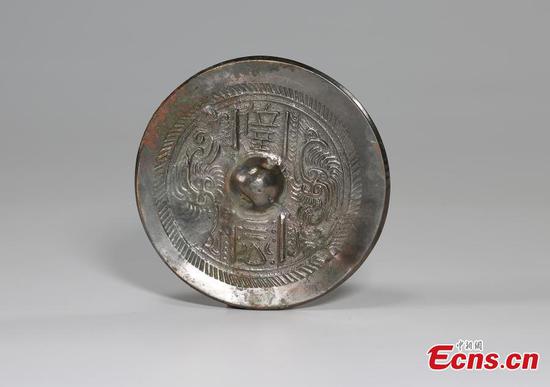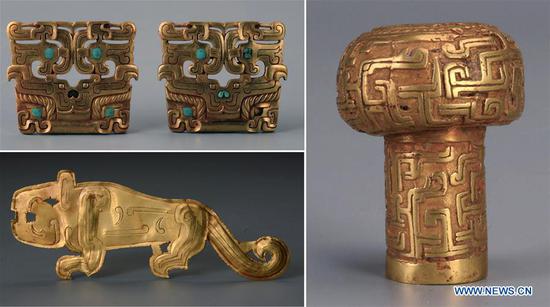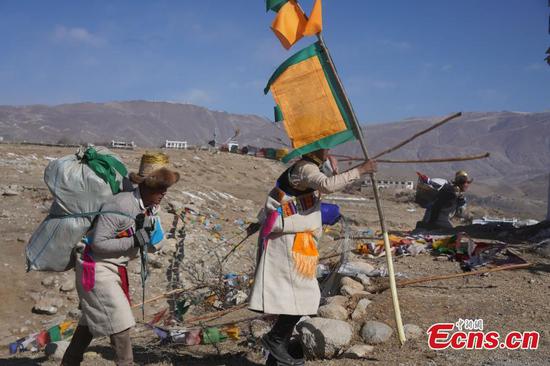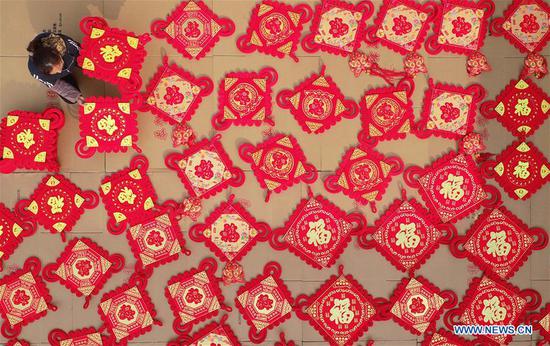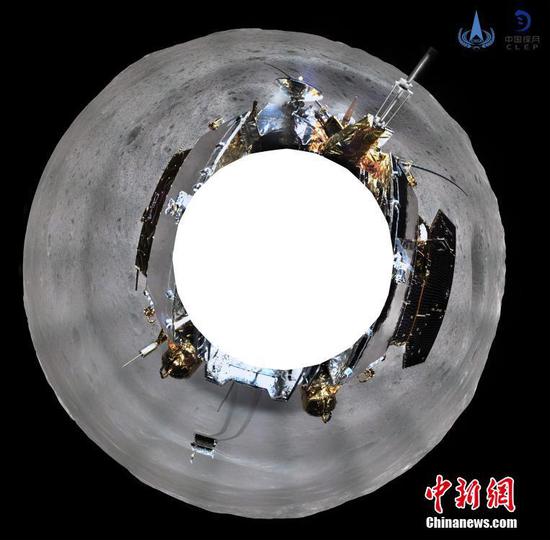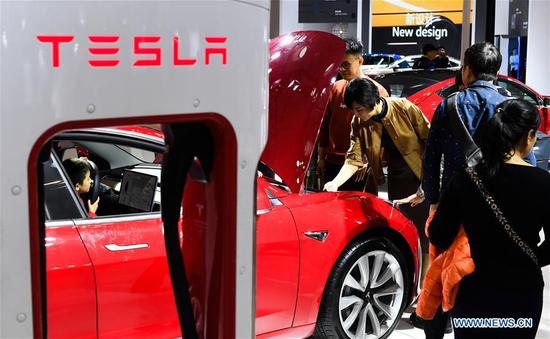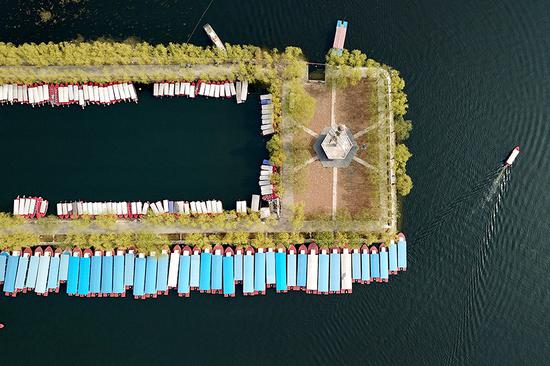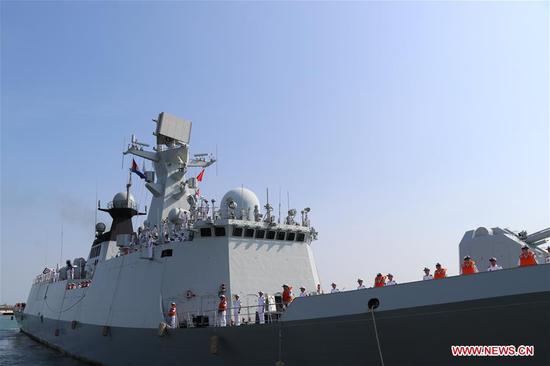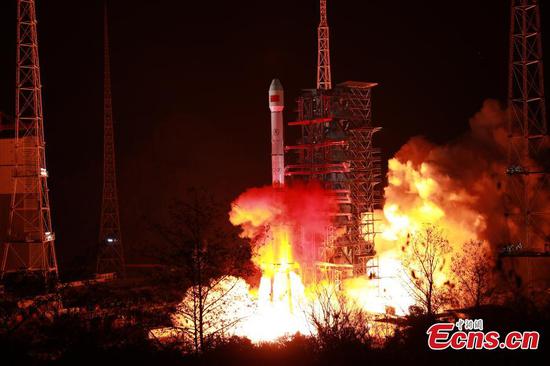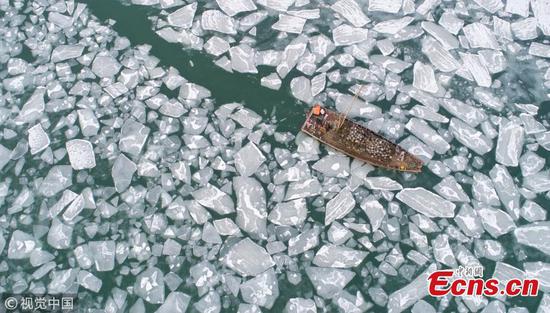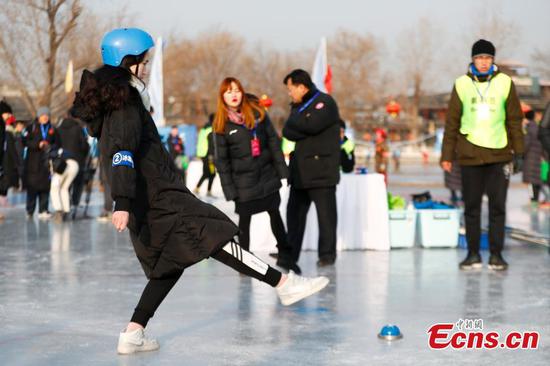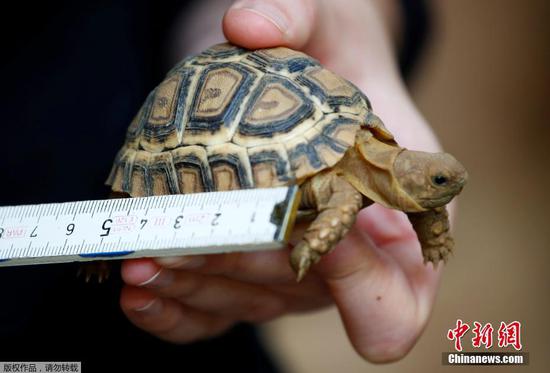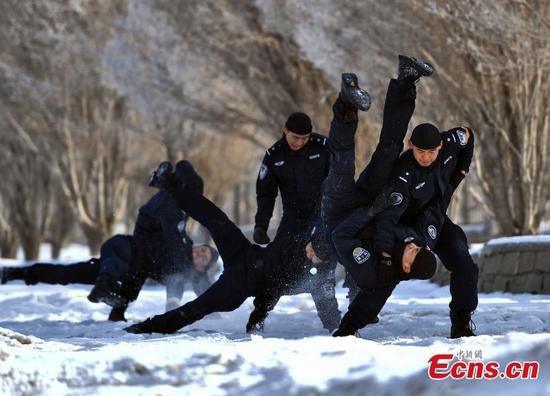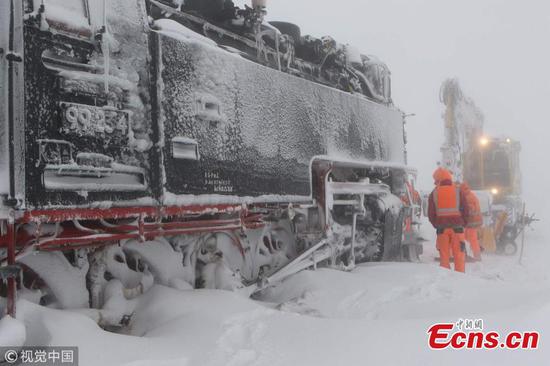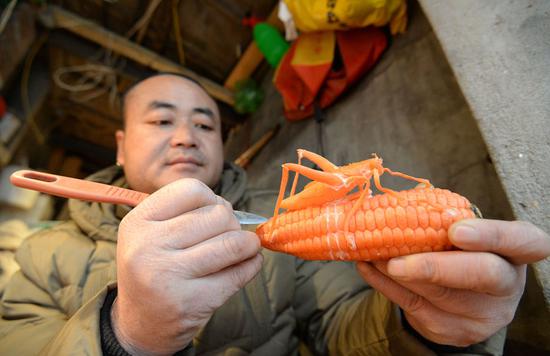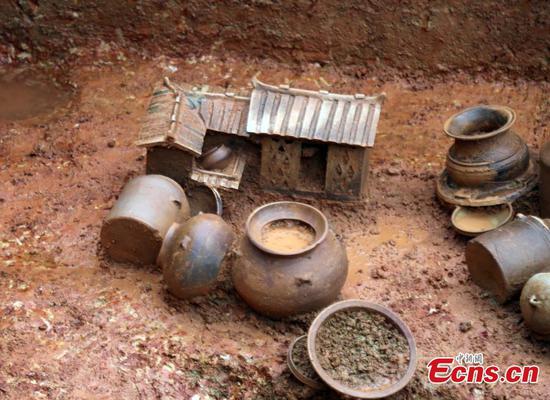It was in late 2011 when a crucial decision needed to be made by Deng Zhengping, assistant general manager at the Taishan Nuclear Power Plant and his colleagues - shall they make Taishan the world's first EPR project to be completed?
EPR, or European Pressurized Reactor, is a third-generation nuclear power solution supplied by the French giant Framatome. The "double-wall" containments designed for Taishan EPR units can protect the reactors from accidents such as earthquakes and even a direct hit from a plane.
Construction of EPR projects in Finland's Olkiluoto Unit 3 and France's Flamanville Unit 3 began in 2005 and 2007, respectively, four and two years earlier than at Taishan. But Deng saw his chance to catch up and even surpass his European counterparts.
"Some people didn't believe we could make it," Deng said. "But if we wanted to be the first, we'd better get prepared as soon as possible."
It meant that they could not learn from others' lessons. Instead, they had to write the textbook for themselves and for EPR projects worldwide.
They made the decision in the second half of 2012 and gained positive feedback from other major companies involved in the project, especially Framatome, the designer of EPR.
New chapters have since been written by Taishan Unit 1. The dome roof was lowered into place. Cold and hot functional tests were completed, linked to the grid and finally passed a 168-hour demonstration run in mid-December 2018, fully ready to be put into commercial use.
Taishan Nuclear Power Plant is built and run by TNPJVC, a joint venture founded by China General Nuclear Power Corporation (CGN), Electricite de France (EDF) and Yudean Group.
He Yu, chairman of CGN, the world's largest nuclear construction contractor, said that the Taishan project would offer valuable lessons and solutions for the construction of similar reactors worldwide, and it will play a demonstrative and supportive role in the joint construction of the Hinkley Point C project in the UK by CGN and EDF.
CGN and EDF stressed that the Taishan project has benefited from 35 years of strategic cooperation between the two companies, which started with the construction of China's very first commercial nuclear power plant at Daya Bay in Shenzhen, China's special economic zone.
International Cooperation
The Taishan Nuclear Power Plant is located in Chixi town in the city of Taishan in South China's Guangdong Province. Rice planting was once the pillar industry there.
Two huge gray color domes are the new landmarks. With an unprecedented capacity of 1,750 megawatts each, unit 1 and unit 2 of Taishan are the largest and most powerful nuclear reactors in the world.
Liu Yu, a construction manager with TNPJVC, joined the project in 2009 with excitement.
"At the beginning, we just followed the pace of Olkiluoto-3 and Flamanville-3. It was comparatively easy, as they were carving out the way for us," Liu added.
Fabrice Fourcade, senior vice president of EDF and its chief representative in China, told media during a press conference in Beijing that EDF has contributed operating experience from the construction of its Flamanville-3 EPR, and the use of this experience was a crucial factor in successfully completing the initial phases of the Taishan project.
However, the situation changed quickly. In 2011, Taishan progress caught up with Olkiluoto-3 and Flamanville-3. In addition, Liu found that his partners from EDF and Framatome were expecting more advice from him than before.
He was as nervous as he was excited. "It was our turn to carve out the way for them. Our European counterparts had shared their knowledge with us generously, and we would offer a helping hand to them as much as we could."
In the past 40 years, China saw the fastest development of the nuclear power industry in the world. The Chinese mainland currently has more than 40 operating nuclear power units and the largest number of units under construction in the world.
Guo Ruiting, vice engineer-in-chief of construction with Taishan, also worked at Daya Bay and Ling'ao nuclear power plants, witnessing the rise of these units.
"At first, we were like pupils and the French engineers were our teachers," Guo recalled. "But now we've become equal partners, with our own strengths."









